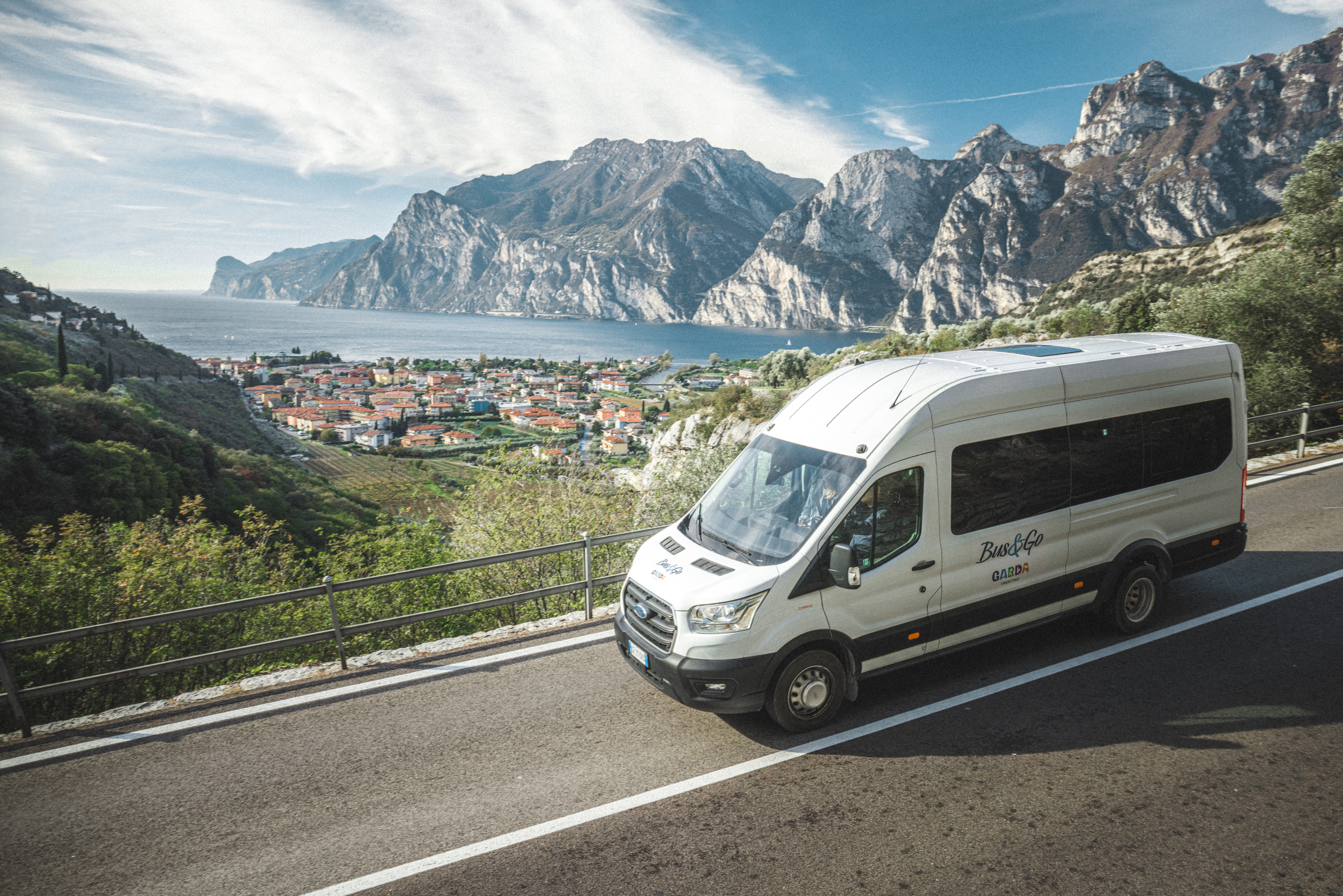


Walking among virtual stops

Setting up a cloud of virtual stops to find the balance in terms of maximum walking distance-- taking into consideration distance, time and even comfort--is a routine task for DRT planners. Understanding the best metrics, or mix of metrics, to determine the density of virtual stops requires experience, local knowledge and a touch of empathy with the people (passengers) that the DRT solution will serve. At the end of the day, having to walk a few yards or an entire kilometer can make a big difference to the passenger experience.
Having an immense amount of variables--population density, weather patterns, the existence of sidewalks, architectural barriers, security, space for stopping, accessibility demand and many more--in play, local knowledge is the key to success in DRT service implementation. Many failures can be explained by a lack of knowledge about the real needs of the population served. This is where close partnerships are crucial and why Shotl works with its clients as partners during a process of continuous assessment and data exchange.
One thing is paramount: the passenger experience must be at the center, and overall convenience must include walking distance as a key factor. With that in mind, what, then, is a sensible approach to take? What are the rules to help decide the number and location of stops?
The environmental goal of having communities switch from car ownership to public transport will only be attained if mobility solutions match the convenience of the private car. Measuring walking distances and times seem a fair choice and a quick, smart way of achieving conformity regarding a standardized decision about virtual-stop density. But, does it really hit that sweet spot of passenger convenience?
Letting passengers rate the service, and allowing them to go into detail, is part of a constant learning process at Shotl. With this feedback, combined with support from collected data, our engineers propose, discuss and implement improvements on the design of each of our operations.
Whether it’s the addition of stops, a relocation, the door-to-door requirements of passengers with special needs (or all passengers), or dealing with public space regulation limits and proposing dynamic space management at curbsides, at Shotl we tailor each operation by partnering not only with operators, corporations and authorities but also with communities.
Aiming, as we do, to create the most relevant and accurate proposal for each operation, we take a multidisciplinary approach to combine insights from all parties and factors, involving not only traffic and demand data but also mobility expertise algorithms, marketing, apps, etc.
Yes, big numbers and data can lead to faster setups but a deeper approach will cater more for the needs of passengers, communities and the operation as a whole. Anyone combining both perspectives will obtain better results and configure a more useful platform to tackle the social, environmental and economic challenges we wish to overcome.
Popular posts
25.08.25
Alto Garda — Vacation Transport at the Heart of Alpine Tourism
In Italy’s Alto Garda region, seasonal tourism was overwhelming roads, parking, and public transit. A Shotl-powered on-demand shuttle service turned the challenge into an opportunity, moving over 116,000 passengers with shorter waits, fewer emissions,
Rocío Goldín
25.11.19
Bus Rapid Transit – Sustainable Solutions for Cash-Strapped Cities
As urban populations grow, city planners need sustainable mass transit solutions that save, but don’t cost, the Earth. Could Bus Rapid Transit (BRT) hold the key?
Osvald Martret
30.09.18
Shotl participates at the F1 Grand Prix in Monza
Shotl deploys Demand Responsive Transportation in the city of Monza, sponsored by the local transport authority, Monza Mobilità SRL, and the City Council.


